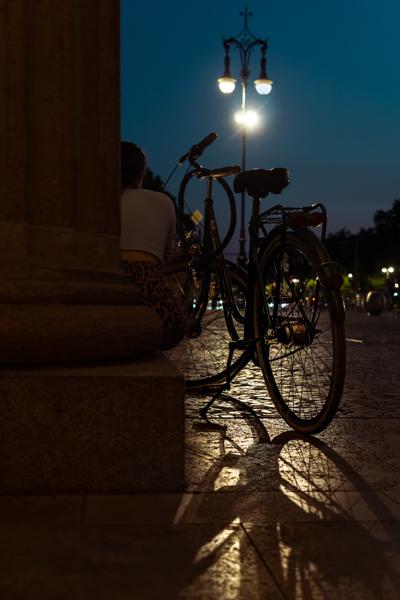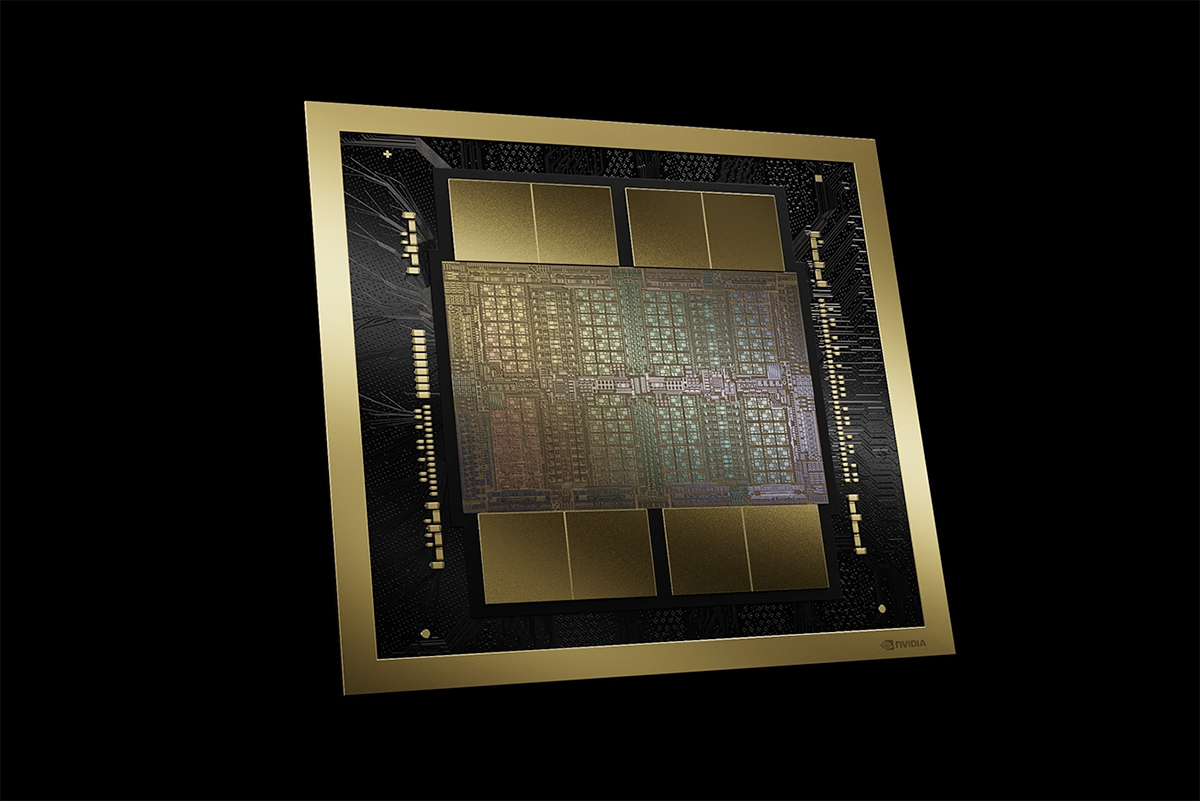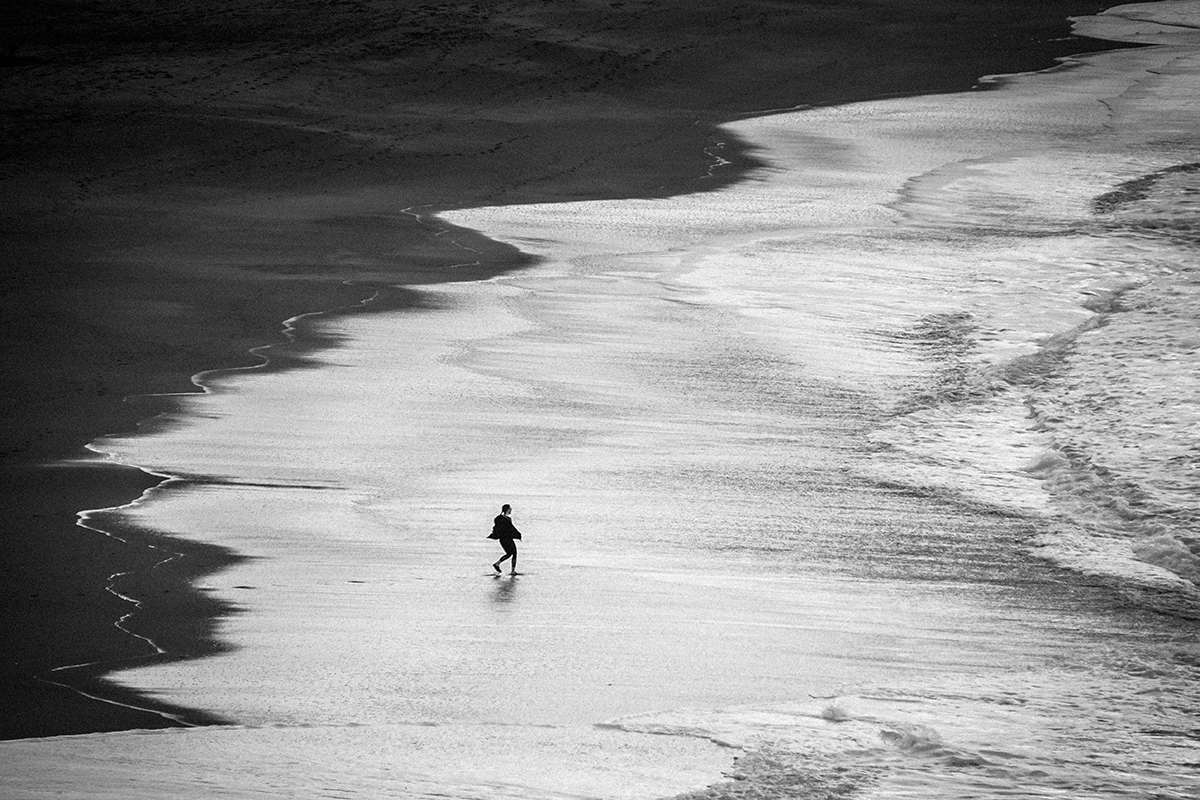“Light and shadow are opposite sides of the same coin. We can illuminate our paths or darken our way. It is a matter of choice.” – Maya Angelou

30mm | f2.8 | ISO 800 | 1/60 sec
Composition
Great composition will give your images better aesthetics, more depth, and most importantly a better story!
It’s easy to zoom in, narrow your field of view and select one or two subjects to shoot (the moon, a flower, a single person, an object, etc.)
It’s not easy, to zoom out, use a 23mm (or 35mm equivalent) focal length, and create a photo with multiple subjects!
That’s harder because you need to use proper framing, leading lines, rule of thirds, symmetry, count negative space, use depth, patterns, shadows, etc.
Which lens do you use when you’re out in the field? Which subjects do you end up taking photos of?
Camera Settings
When photographing in low light you need to know well your camera’s sensor and lens capabilities.
If you own a micro 4/3 camera or APS-C camera, you should set your ISO between 100 (base ISO) and 1600. Beyond that, you will add a lot of noise in your images.
For Full Frame camera owners, you can set your ISO up to 6400 without introducing too much noise (especially in the newest cameras like the Sony a7IV, Canon R6, Nikon Z6/Z6ii, etc.)
The next thing you need to know is how low you can set your shutter speed. That depends on the In-Body or Lens image stabilization, and of course how shaky your hands are!
The last part is your lens. You should know how it focuses best in low light conditions (AF Mode), and at which aperture your lens produces sharp images.
In the above image, I used the Sigma 18-50mm f/2.8 DC DN Contemporary for Sony APS-C cameras. This lens is sharp from f/2.8!
Light, Shadows & Highlights
The word Photography literally means ‘drawing with light‘, which derives from the Greek photo, meaning light, and graph, meaning to draw.
Every time I go out with my camera, I am trying to notice where is the light. In the morning or evening, the light is softer than in the middle of the day.
The light is also softer when it’s overcast, and many portrait photographers love it because it falls perfectly on their subject.
At night there is only artificial light and it’s even harder to find a subject to photograph. Here’s when you have to be creative and find spots with a good light source.
In my case, I have found that street lights lit my subject and created shadows from the bicycle in the foreground. I loved how this draw my attention and took a moment to create a photo.
Colors & Post Process
I shoot RAW, so I can take full advantage of my camera’s sensor in low light conditions. The darker it gets, the more data you need to prevail those shadows and highlights.
The JPG images are compressed files with the minimum data so you can easily copy, share, and print your photos in your local store.
On the other hand, RAW files don’t particularly hold the colors as at the time you’ve shot your photo. That’s the reason you might see a flat image when you open it in Lightroom.
My photo editing process begins with Lightroom. I import all my images from the camera to my desktop, then I decide which ones I want to keep, and then I open them in Lightroom.
When I finish with my edits, I export them to a folder where I can use other apps to add filters on my iPhone such as Darkroom or Snapseed.
Conclusion
They say “practice, practice, practice” and I believe it’s true. When you practice, you learn more about photography, your camera, your lens, the world around you. It’s all about consistency.
Even if some days you feel not going out to photograph, even if you feel you didn’t find any good subject in your photo walk, remember to enjoy the process.
Not all days will be the same, but if you ask me, some of my best shots were created at the last click or at times I didn’t expect! So, keep it up!



